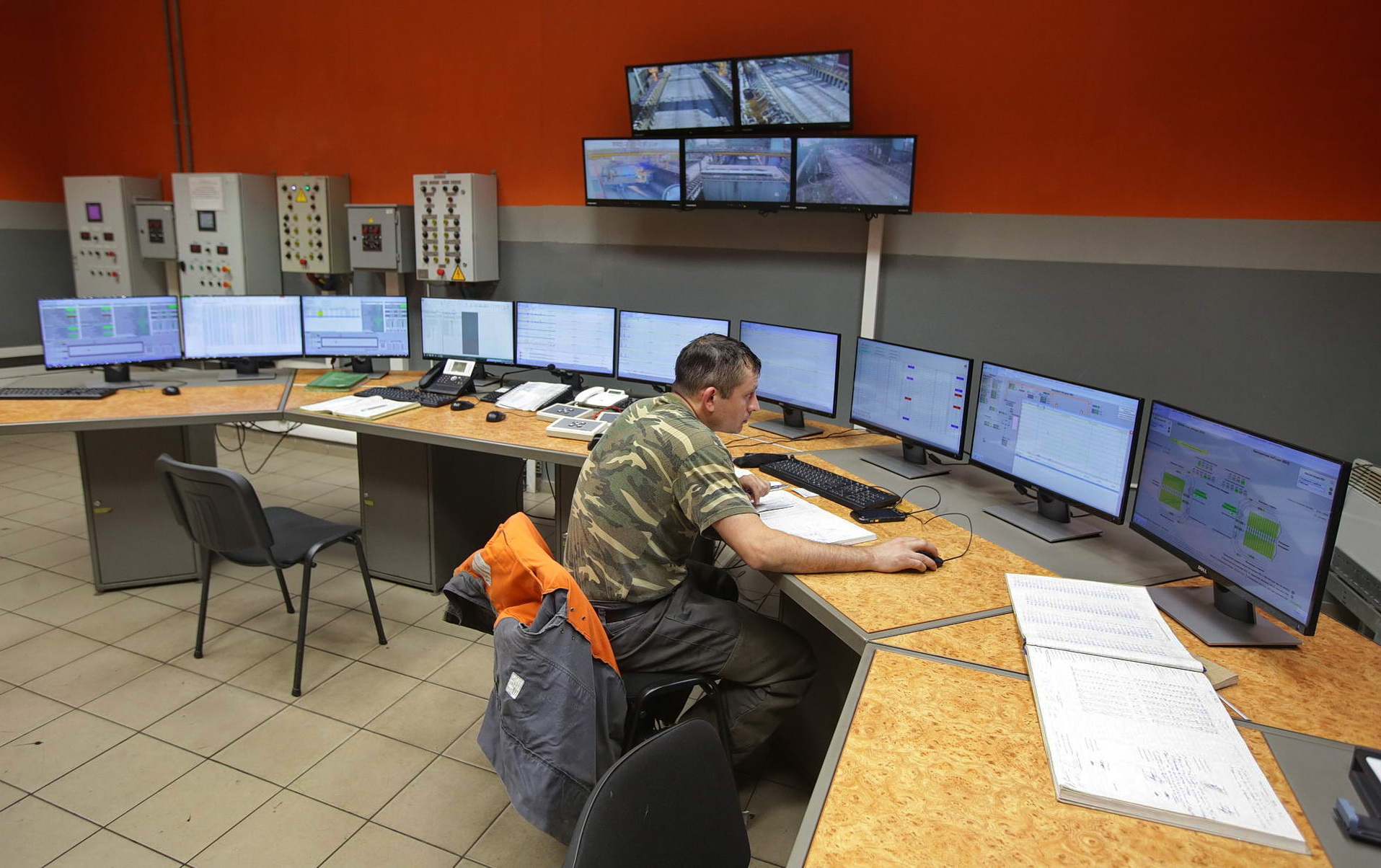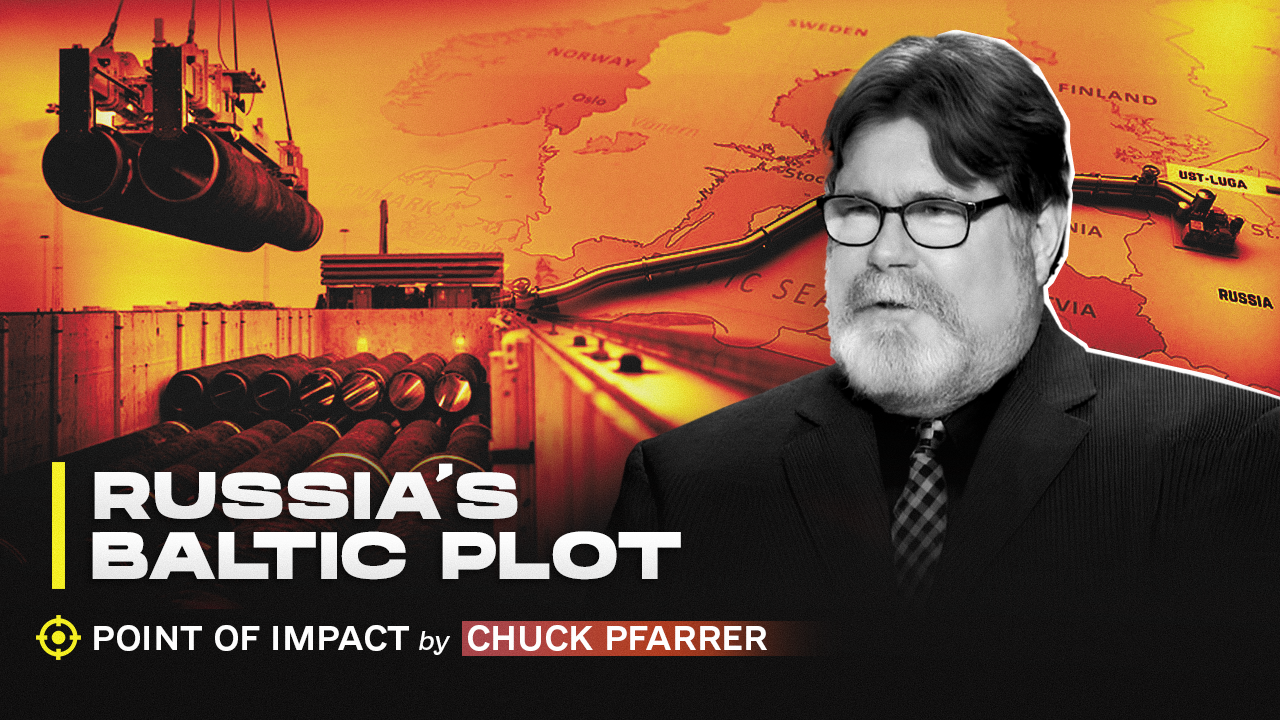KRIVYI RIH, Ukraine — It ended with the strikebreakers.
In May, this city of 650,000 people more than 400 kilometers southeast of Kyiv was gripped by a strike as work at its biggest factory — the ArcelorMittal Kryvyi Rih steel plant — ground to a halt.
JOIN US ON TELEGRAM
Follow our coverage of the war on the @Kyivpost_official.
Operators of the factory’s internal rail system had gone on strike for higher wages, refusing to guide trains along the factory’s self-enclosed supply chain until they receive monthly pay of 1,000 euros. But lack of supply placed the factory’s furnaces in danger of destruction, forcing management to make a choice: cede to the workers’ demands or find a way to buy time?
- Get the freshest Ukraine news updates as of today.
- Look at the most up-to-date Ukraine news that came out today.
Management brought in brigades of workers from state-owned railway company Ukrzaliznytsia to run the factory, breaking the strike but leaving the central dispute in place.
At the core of the conflict is brain drain — or, as labor organizer Yevgeny Galinsky joked, “arm drain.”
“Globally, the situation is that a massive amount of people from Kryvyi Rih, as the only remaining industrial center in Ukraine which brings not a bad amount of dough to the state, have started leaving en masse,” said Yury Samoylov, head of the Kryvyi Rih Confederation of Free Trade Unions. “Before, the city was really a company town, and people rarely left.”
The dwindling number of available workers is placing pressure on ArcelorMittal to raise wages, as the factory’s trade unions push for an average wage of 1,000 euros per month.
But the plant’s upper management sees costs associated with higher salaries as an unacceptable threat to an ambitious, multibillion-dollar factory modernization project crucial to the company’s global strategy.
According to ArcelorMittal Kryvyi Rih chief procurement officer Girish Sardana, “People are migrating to Poland, to the Czech Republic, to other countries.”
“Whether you increase the salary or whatever you do, the shortage will remain,” he said. “We can raise the salary but then we have to defer more projects.”
Massive history, reductions
For most of its history, ArcelorMittal Kryvyi Rih has been known by its original, Soviet name: Kryvoryzhstal.
A massive mosaic featuring shirtless steel workers and Vladimir Lenin (the plant’s first namesake) still greets the factory’s 24,000 workers as they enter and exit their daily shifts.
Soviet authorities ordered a steel plant built in the iron-rich Kryvyi Rih in 1931, forcing thousands of construction workers and engineers to move to the city. The first blast furnace started working in 1934.
By the 1970s, Kryvoryzhstal was one of the largest steel mills in the Soviet Union, with its ninth blast furnace having the world’s largest smelting capacity.
After independence, the plant underwent a failed privatization attempt in which various oligarchs tugged at the factory, until it was auctioned in 2005 to Mittal Steel for $4.8 billion.
The new, Indian management inherited a factory with Soviet systems and socialist obligations to its workforce.
Since then, the factory has fired thousands of workers in the name of efficiency, reducing the amount of workers from 57,000 to today’s figure of 24,000.
“What was the 57,000?” asked HR director Helen Pilipenko. “Catering, medicine, the social sphere, and agrofarming — pigs, cows, milking them, etc.”
“We had 12,000 pigs here,” added occupational health and safety chief Sergey Teslyuk. Teslyuk said that management had focused on eliminating the steel mill’s farming contingent while “bringing young blood into the workforce,” offering older workers buyouts.
ArcelorMittal’s personnel management division likes to frame its workforce issues in terms of productivity. Human resources administrator Yuriy Romas said that ArcelorMittal produces 199 tons of steel per person, roughly half of Azovstal’s 415 tons per person.
“In terms of production, we’re in fifth place,” he said. “We produce two times less per person than our [Ukrainian] competitors.”
Union officials argue that ArcelorMittal Kryvyi Rih differs from others steel mills in that it has the whole production cycle — from mining ore to smelting steel — integrated within the plant, meaning that production per person will inevitably be lower.
“We’re losing both headcount and influence,” Samoylov said. “We want to know that our pay will be drawn nearer to European standards over a negotiable period of time.”
Modernization
ArcelorMittal has invested around $4.8 billion into modernizing the plant since 2005, matching the purchase price.
According to chief technology officer Vinay Tiwari, the factory is in the midst of an ambitious, multibillion-dollar campaign to improve its steelmaking process while reducing its ecological footprint in line with an agreement signed under the privatization.
Many of the modernization plans will lessen the amount of coal ash released into the air, while one initiative will nearly eliminate the need for large natural gas purchases in steelmaking.
The European Bank for Reconstruction and Development recently gave the factory a $350 million loan to upgrade the factory’s iron ore refining processes and to add new lining to a blast furnace.
Tiwari framed the improvements as targeted at environmental protection and competitiveness.
“If they can be a partner in building up a good environment for society, then why not,” he said of the loan.
From a broader perspective, the company’s Kryvyi Rih factory is key to the company’s strategy of increasing market share in supplying steel to Africa and Latin America.
“This year we will do a modernization of the mill, and will start to produce rebar coil, which is very good for the market of Latin America and Europe,” said marketing official Evgeny Irhin.
He added that the loss of the Russian market due to war and the loss of the Egyptian market due to heavy tariffs had forced the factory to reorient itself.
“It’s a wide opportunity to diversify,” he said, adding that two new continuous casting plants would open up a new avenue of sales for customers only willing to take that type of steel.
Brain drain
March 2018 saw tensions over job losses and stagnating salaries at the plant come to a head.
“There was a protest, signatures of workers were gathered, which we then used to register a labor dispute,” said Galinsky, the union organizer.
The factory’s 2017 average monthly salary was Hr 10,278 ($391), slightly above the Ukrainian average.
Other conditions are pushing workers away.
Kryvryi Rih itself is famous in Ukraine for its pollution, known as a punchline by many for the red-tinted snow that falls in the winter due to the high level of iron particulates in the air. Yellow fog grips the town in the morning, and it’s difficult to find a place in the town that doesn’t smell vaguely of sulfur or ash.
The factory has agreed to raise salaries by an average of 25 percent, but union organizers are pushing for more.
“Pay is higher everywhere else in Arcelor,” Galinsky said. “People are quitting in brigades.”
Pilipenko, the plant’s HR manager, framed the issue in terms of social stability.
“Imagine for one second if there was 1,000 euro pay at this factory,” she said. “When next door, teachers, medics, are receiving five or six.”
“Would that be a real collapse, or not?”
You can also highlight the text and press Ctrl + Enter





























